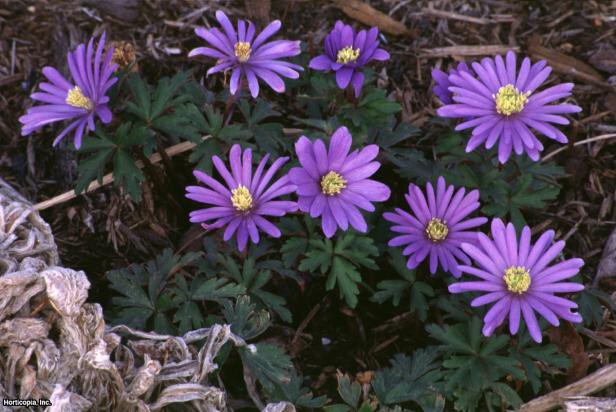
Sharp drainage refers to a method of planting that requires both constant moisture and excellent drainage, especially during the winter months. "Thankfully, not many landscape plants require sharp drainage," says master gardener Paul James. "Perhaps the most popular of those that prefer this type of drainage are the anemones. But if your soil has a high percentage of clay or if you live in an area that receives a large amount of rain, then just about any plant will benefit to some extent from sharp drainage."
To provide sharp drainage for your plants, dig a hole twice the width of the nursery pot and three inches deeper. Mix some of the native soil with an equal amount of granite chips, and use that to fill the bottom three inches of the planting hole.
Granite chips are sometimes called turkey grit because they're occasionally fed to turkeys as a kind of digestive aid. As a result, you may have more luck finding the granite chips at a feed store rather than at a nursery. Whatever you do, however, be sure to avoid limestone chips. Limestone will ultimately pack down like cement into the soil, and it will also affect the alkalinity of the soil. Granite chips on the other hand, are pH neutral.
Place the plant in the hole, and fill in the hole with soil. Leave about a half-inch of the plant crown above the soil level, and apply a light layer of granite chips around the base of the plant, extending the chips out to the edges of the planting hole.
Sharp drainage offers far more drainage than a conventional planting hole, especially by providing the plant with drainage where it needs it the most - at the bottom of the planting hole and around the crown of the plant.